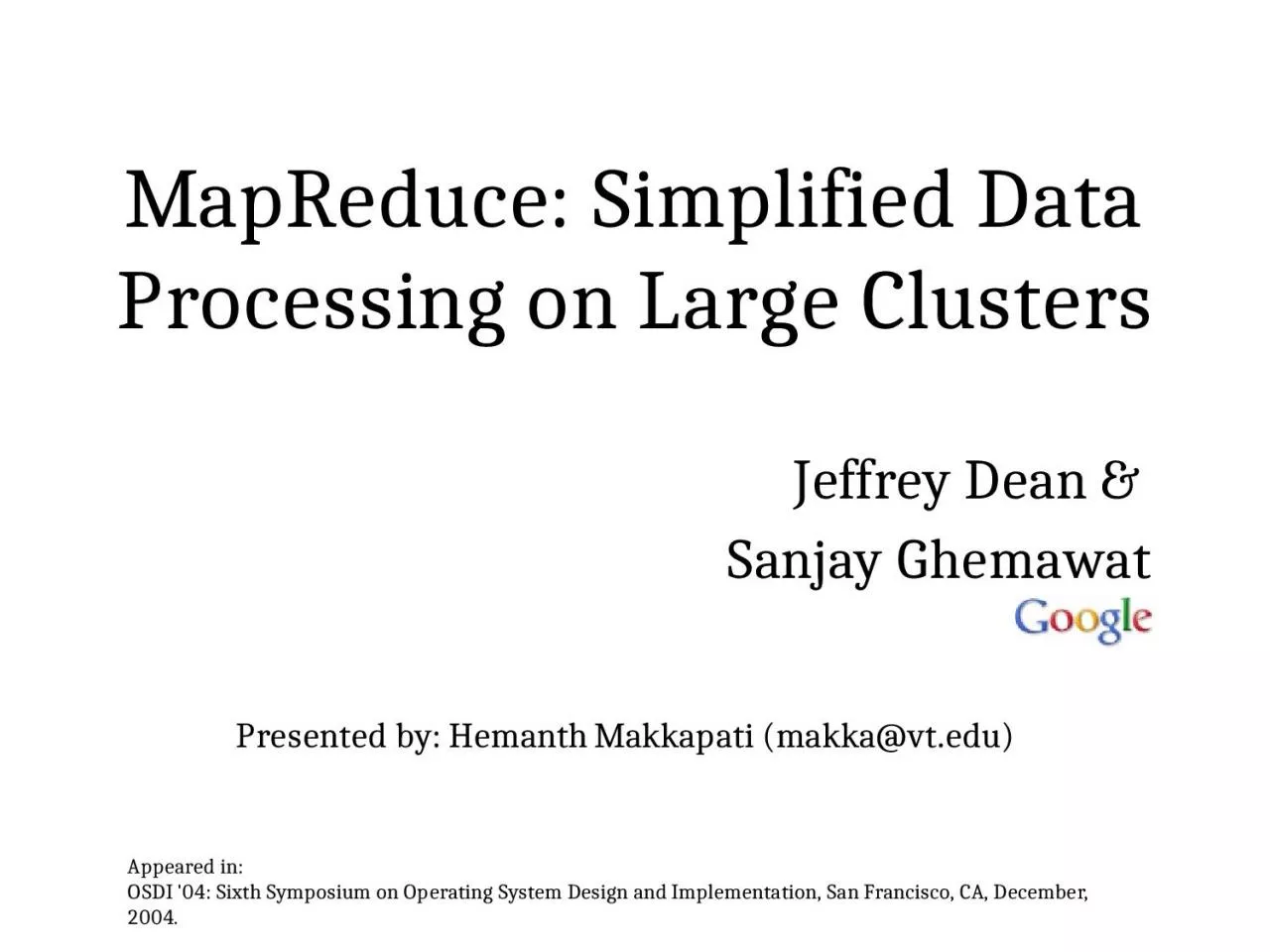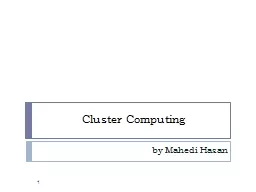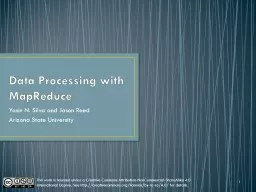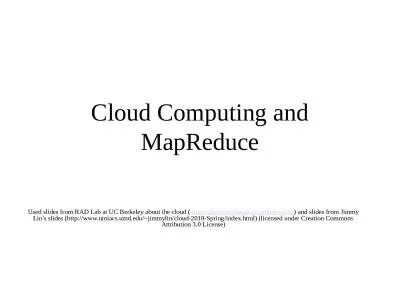PPT-MapReduce : Simplified Data Processing on Large Clusters
Author : joyce | Published Date : 2023-06-23
Jeffrey Dean amp Sanjay Ghemawat Appeared in OSDI 04 Sixth Symposium on Operating System Design and Implementation San Francisco CA December 2004 Presented by
Presentation Embed Code
Download Presentation
Download Presentation The PPT/PDF document "MapReduce : Simplified Data Processing o..." is the property of its rightful owner. Permission is granted to download and print the materials on this website for personal, non-commercial use only, and to display it on your personal computer provided you do not modify the materials and that you retain all copyright notices contained in the materials. By downloading content from our website, you accept the terms of this agreement.
MapReduce : Simplified Data Processing on Large Clusters: Transcript
Download Rules Of Document
"MapReduce : Simplified Data Processing on Large Clusters"The content belongs to its owner. You may download and print it for personal use, without modification, and keep all copyright notices. By downloading, you agree to these terms.
Related Documents














